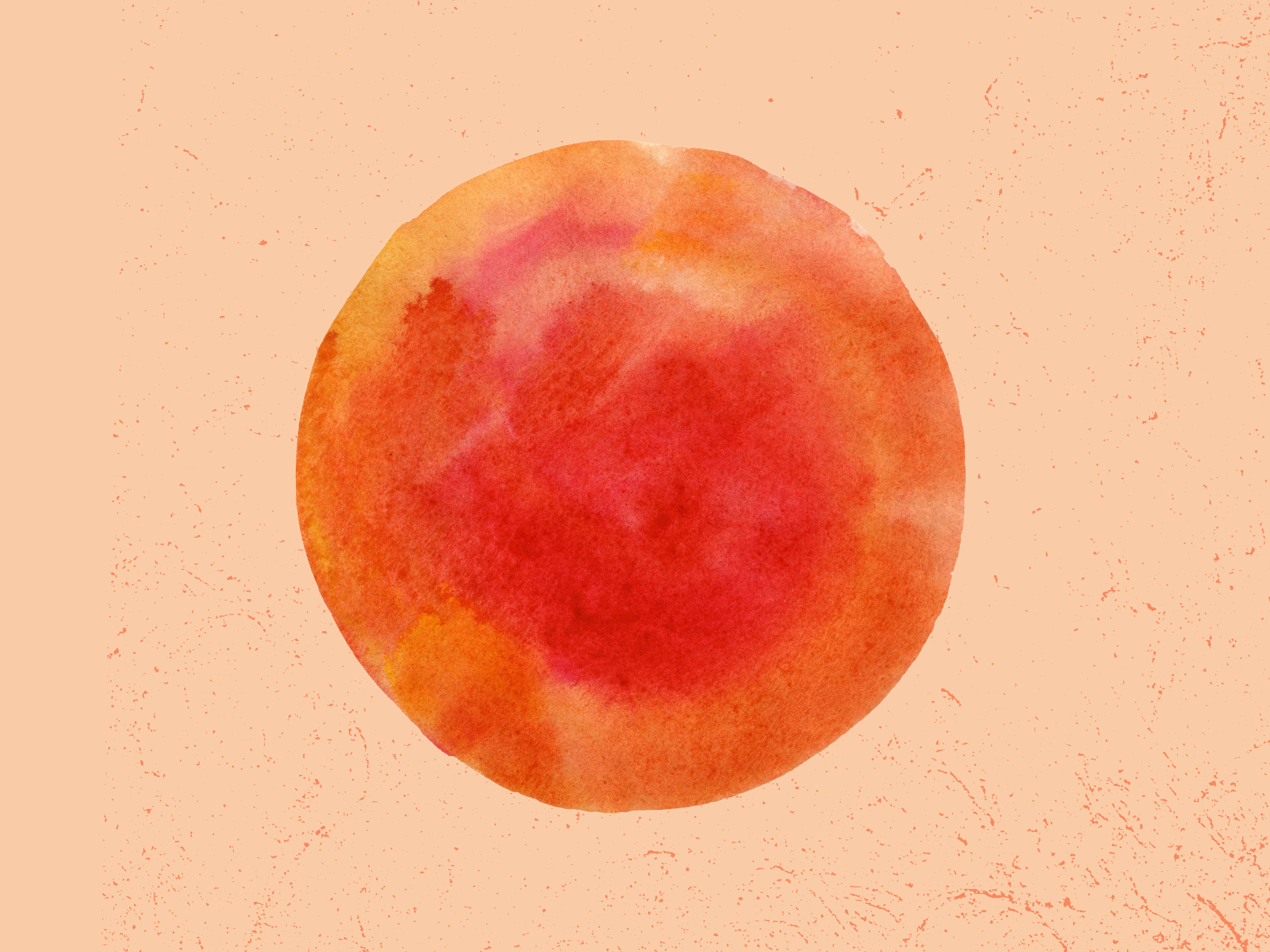Nummular eczema is a master of disguise because its symptoms can mimic so many other skin conditions. On the surface, nummular eczema can fool you into thinking you’re dealing with an infection like ringworm. After all, the two can look so similar—but each one has different causes that require different treatments. So, how can you figure out what’s up with your skin?
Visiting a primary care doctor or board-certified dermatologist for an exam is the only way to get clarity about what’s going on. But if you think you’re dealing with nummular eczema, keep reading to potentially help clarify your suspicions so you can get the care you need if necessary.
What is nummular eczema?
Nummular eczema is one of the numerous forms of eczema, which is an umbrella of skin conditions that can cause inflamed, dry, itchy, or scaly skin, as well as uncomfortable or even painful skin rashes. In the case of nummular eczema, the patches usually appear on the legs, forearms, or backs of the hands, according to the American Academy of Dermatology (AAD). Nummular eczema typically presents as circular itchy patches, which may look pink or red on lighter skin tones and dark brown or gray on deeper skin tones, according to the Skin of Color Society.
Generally, all eczema is caused by a disruption in the skin barrier, which is the outermost layer of your skin that is responsible for keeping irritants out and locking essential moisture in, according to the AAD. Nummular eczema is not contagious, meaning it doesn’t spread from person to person.
It’s not totally clear how common nummular eczema is. Some research estimates that 1 out of every 1,000 people have nummular eczema, while other studies report that 9 out of every 100 people live with the condition. Since people with nummular eczema often have other skin conditions as well, some individuals may attribute their symptoms to something else and never seek additional treatment. Or nummular eczema symptoms may go undetected by providers who aren’t skin specialists.
Back to top
What are the most common nummular eczema symptoms?
Avid coin collectors may recognize the prefix “num” from the word numismatics, which is the study of coins and money. That’s because nummular eczema was named after its most defining characteristic: the clearly defined coin shape the skin spots tend to take, according to Dr. Silverberg. Dermatologists sometimes refer to this eczema type as discoid eczema, another reference to its signature circular marks.
Shape aside, the AAD says nummular eczema symptoms can be identified by:
- Skin sores: These start as a cluster of tiny solid or fluid-filled bumps that are usually found on the arms and legs. If you had a recent injury, like a scrape on your knee, the sores may appear in that general area.
- Spots or lesions: The inflamed, coin-shaped bumps may appear brown or gray on medium-to-deep skin tones and pink to red on fair-to-medium skin. The lesions are typically raised and scaly, can grow in size (often up to four inches), and may last for weeks or even months.
- Itchy, dry skin: Generally, the skin surrounding the lesions is dry and may peel—and the spots themselves can really itch or burn.
- Raised lesions that flatten out: Usually, the spots flatten during the healing process. The middle area of the skin lesion starts to fade away first.
Back to top
What causes nummular eczema?
The answer is still a mystery, but there are several known risk factors associated with the condition. Most often, people assigned female at birth develop nummular eczema before they’re 30 years old, whereas people assigned male at birth generally develop the condition in their 50s or later, according to the AAD. The reasons for this discrepancy aren’t clear, but the answer could be tied to other discoid eczema risk factors.
For instance, people whose skin barriers have been weakened from other skin conditions, such as atopic dermatitis (the most common type of eczema) or contact dermatitis (a type of eczema that is triggered by a substance that irritates the skin or causes an allergic reaction), are at an increased risk of also developing nummular eczema. Research shows those other forms of eczema are more common in people assigned female at birth. Having family members with a history of eczema or asthma also increases your risk of developing nummular eczema. And if you’re already susceptible to developing the condition due to genetic factors, certain events, such as skin injuries or infections, can set off symptoms, according to the AAD.

